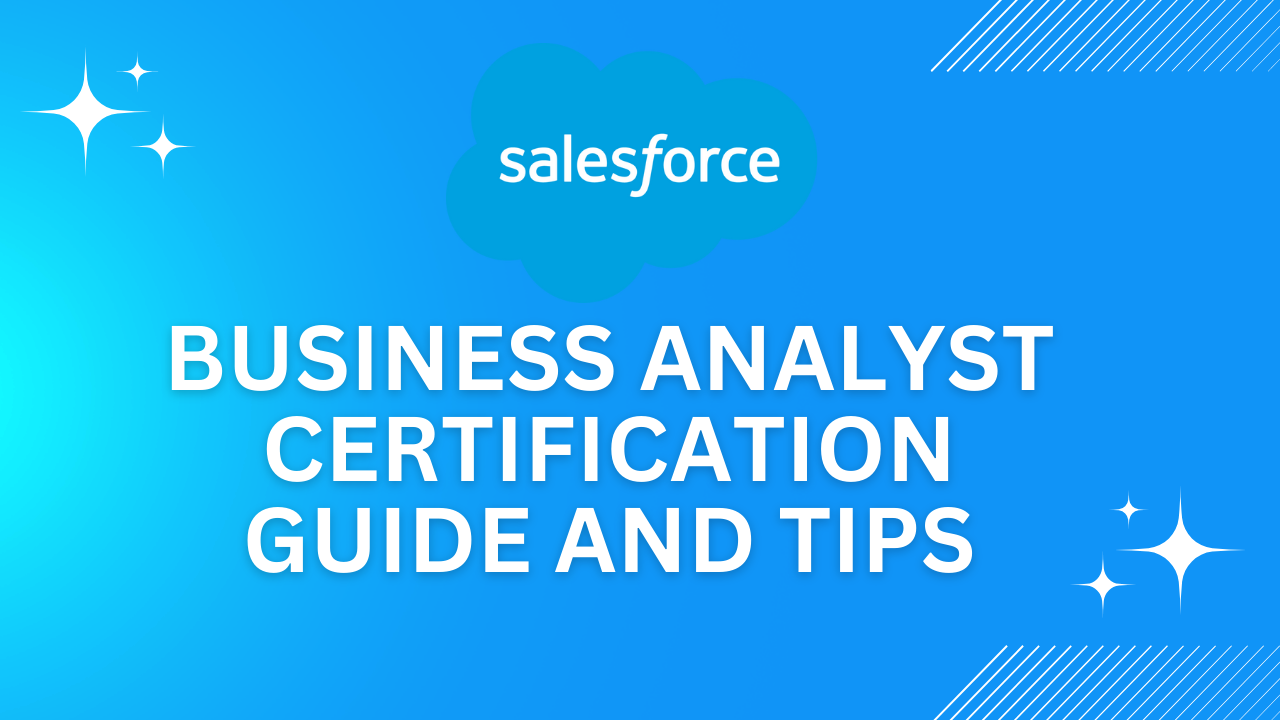
Salesforce Business Analyst Certification Guide And Tips
The Salesforce Business Analyst Certification is designed to benefit individuals who are comfortable adhering to Salesforce best practices and have practical experience. They may utilize their talents to facilitate project discovery, do process mapping, and create comprehensive and well-written user stories. The material in this publication will cover important subjects and provide advice on how to study and take the test. You should be ready for both scenario-based and feature-based technical questions, so be sure to review the Trailhead test guide as well. Let’s learn Salesforce Business Analyst Certification Guide And Tips.
Ideal Candidate
This test is intended primarily for Salesforce Administrators or Business Analysts who are familiar with Salesforce’s features and need to comprehend business requirements and obstacles in order to work with stakeholders and other members of the project team to successfully complete the work. By going through this blog, you will be able to learn Salesforce Business Analyst Certification guide and tips.
One of the more recent qualifications is the Business Analyst credential, which was introduced in July 2022. Even though it can seem simple at first, Salesforce advises that you schedule this exam after at least a few years of practical experience.
The Salesforce Administrator certification was a requirement to register for the Business Analyst certification until May 2nd, 2023. However, this need has been lifted, and the Business Analyst certification will now have its own Trailhead maintenance module.
If you’re aiming to shift into a Business Analyst role within the Salesforce ecosystem and enhance your proficiency in requirements gathering and stakeholder management, pursuing this certification is the ideal pathway to advance toward your objective. It not only equips you with the necessary skills but also validates your existing knowledge in these crucial areas, bringing you closer to achieving your goal.
Key Topics
During the Business Analyst certification exam for Salesforce, your understanding will be evaluated across six distinct categories, each carrying varying degrees of importance in the assessment process.
- Collaboration with Stakeholders (24%)
- Customer Discovery (17%) and Requirements (17%)
- Business Process Maping (16%)
- User Stories (18%) and User Acceptance (8%)
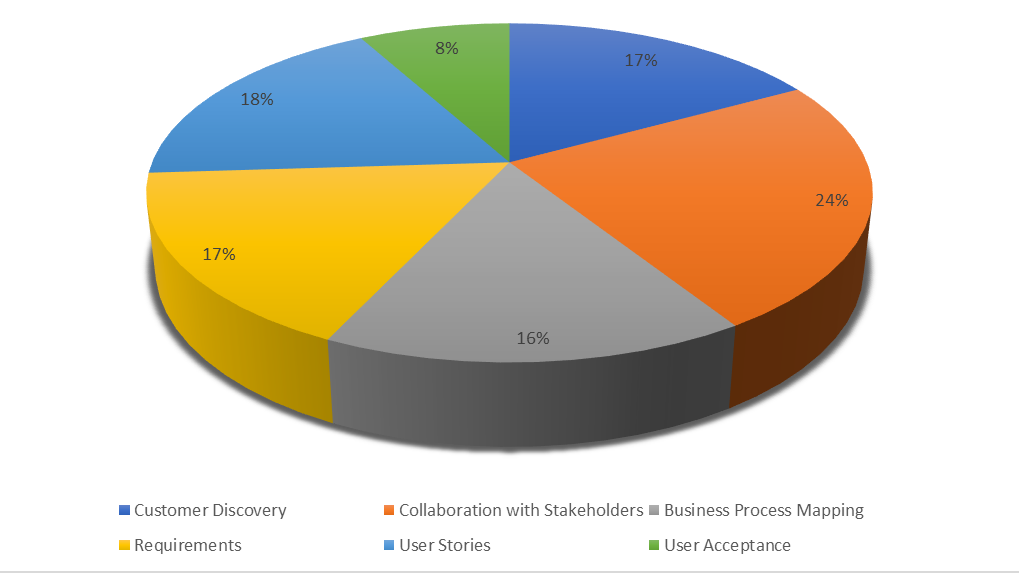
- Collaboration with Stakeholders (24%)
This section focuses on your capacity to comprehend and collect needs, as well as correctly identify stakeholders and facilitate their agreement on the next course of action. With the highest weighting among the six themes, this section will have questions based on scenarios that are both basic and difficult.
Gaining a deeper comprehension of the function of a business analyst as an intermediary between the technical and business teams is essential to answering these issues. Additionally, it’s critical to show that you understand how to leverage Salesforce features within the framework of the current business process.
This is also the point where your negotiation and prioritization abilities will be useful, as you will be evaluating situations where stakeholders will need to approve a specific solution. - Customer Discovery (17%) and Requirements (17%)
34% of the exam is made up of these two portions, and there is, in my opinion, a good deal of overlap between them. Your understanding of the duties of a business analyst and your ability to effectively map out the existing status of a customer’s system as well as possible areas for development will be put to the test in the customer discovery portion.
The requirements section’s questions, on the other hand, will center on how you prioritize them and appropriately document the ideas that emerged from the discussions with stakeholders regarding areas that can be changed and improved upon to create the future state. - Business Process Maping (16%)
Despite its seeming clarity, effectively mapping intricate business processes can be difficult, particularly when numerous systems and stakeholders are involved. This portion of the test consists of questions about best practices for acquiring requirements, identifying scope and resources for the future state, documenting processes, and breaking down the current procedures into smaller, more manageable chunks. - User Stories (18%) and User Acceptance (8%)
Two sections, which together account for 26% of the total questions, are heavily dependent upon one another once more. A project’s success can be greatly impacted by well recorded User Stories and the manner in which User Acceptance is carried out throughout the process.
The User Stories section will include questions on how and where to develop and store User Stories, what the acceptance criteria is and how it varies from the definition of done, and what elements go into making a good User Story.
The User Acceptance section will concentrate on how a Business Analyst should draft the Test Plan, direct User Acceptance Testing (UAT), and maybe reduce risks by making go/no-go judgments in the event that the current solution does not satisfy requirements.
Study Strategy
In order to ensure that my understanding of procedures, best practices, and the function of a business analyst within a project aligns with Salesforce’s recommendations, I made the decision, like so many other Pioneers, to schedule the Business Analyst exam as soon as it was released. The amount of time you need to study will rely on your prior experience and the projects you have worked on.
As usual, Salesforce made sure that the shiny new certification came with a special Trailmix that had all the knowledge you needed to ace the test as well as a module that helped you prepare for each component of the test.
As most of the modules follow a scenario that exposes you to the consulting skills you’ll need, such accurately analyzing the requirements at hand, Trailhead is still a wonderful method to get scenario-based experience. If you want to go even farther, consider earning the Superbadges that are available on Trailhead.
These cover more intricate use cases and provide a solid solution that addresses a number of different subjects. If you haven’t already, I would suggest finishing the Admin Super Set in order to prepare for this certification. In particular, I would advise completing the Business Administration Specialist one as it offers a very engaging case study.

Another method to keep things interesting while learning the essential ideas and features is to create a fictional company with unique needs and difficulties. Create a new Salesforce Development edition organization and act as though you are a business-to-business (B2B) company with intricate sales procedures, substantial data quantities, and distinct sharing needs. In this manner, you may put all you’ve learned to the test and learn how to apply it from the inside out.
Exam Strategy
We have compiled a list of ideas throughout the years to help you maximize your chances of passing the exam with flying colors.
Cheat Sheet
Firstly, print up a cheat sheet and attempt to recall any ideas you are having trouble understanding before the exam. This will help to ensure that everything is fresh in your memory. If writing down the main points is more your style, you could do that as well.
Pay Close Attention to Each Question
Make sure to read the question through several times and pay close attention to it when taking the test. The answer choices for scenario-based questions will provide you with a wealth of information about what the right response is.
Use the provided pen and paper to sketch down a data structure, role hierarchy, or any other design that will help you visualize the answer if you are taking the exam in a testing facility. Please be aware that during online proctored tests, this is not permitted.
Use the Process of Elimination
Be certain to apply the process of elimination when choosing an answer to eliminate any that are unquestionably wrong. Salesforce frequently includes responses that are either erroneous or comprised of many elements. They also enjoy including “curveballs,” or elements that seem proper but aren’t optimal practices.
By concentrating on basic Salesforce features that complete a task, you can frequently figure these out. For instance, you may create a unique approval procedure with a flow, but there’s a standard feature that can be utilized in its place.
Mark for Review
Additionally, each question has a “Mark for review” tick, which is an excellent tool at your disposal. This is excellent if you are having trouble coming up with an answer at the moment or if you are unsure of it.
You will be able to review the questions that were marked for review at the end of the test, together with all other responses. This will give you a decent sense of your chances of passing the test. If you have the time, I would always advise going over each question again. I do this during every exam, and I frequently discover errors I’ve made or the solution to a question I haven’t finished.
Make careful to note the topics that you found most difficult on your first attempt at the exam, even if you don’t pass. This will help you study more and retake the test. To avoid breaking the flow and forgetting the features you don’t use on a daily basis, it is advised that you set up the retake as soon as possible.
You may retake the Business Analyst test for half the original cost, and you are allowed three attempts each release, as with all other Salesforce examinations. However, keep in mind that this is subject to change, so be sure to review the retake policy for Salesforce Business Analyst Certification guide and tips.
Also
➡️ Advanced Admin Certification Guide and Tips
➡️ Administrator Certification Guide And Tips
➡️ Sales Cloud Certification Guide
➡️ JavaScript Dev Certification Guide & Tips
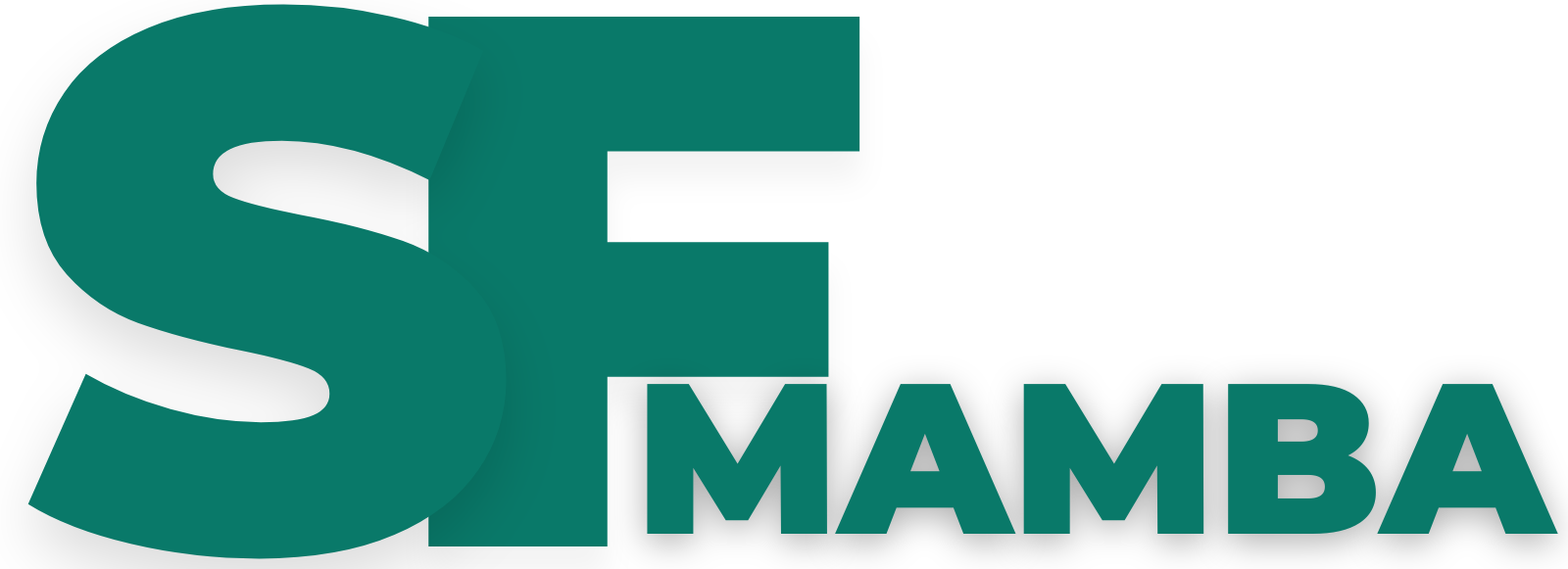
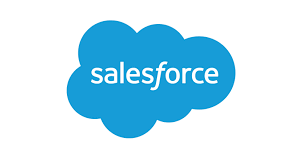

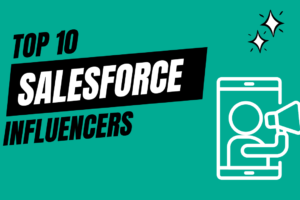
3 Comments